My mother, (age 66), my self (42,) and my daughter (18) all went snorkeling together we had an awesome time. The guides were funny and had a lot of information. They...
In September 13, 2024
Manatees (Trichechus manatus), also called “sea cows,” are robust marine mammals—large yet peaceful—that live in the warm waters of the Americas. Within the Caribbean manatee, two main subspecies are recognized today:
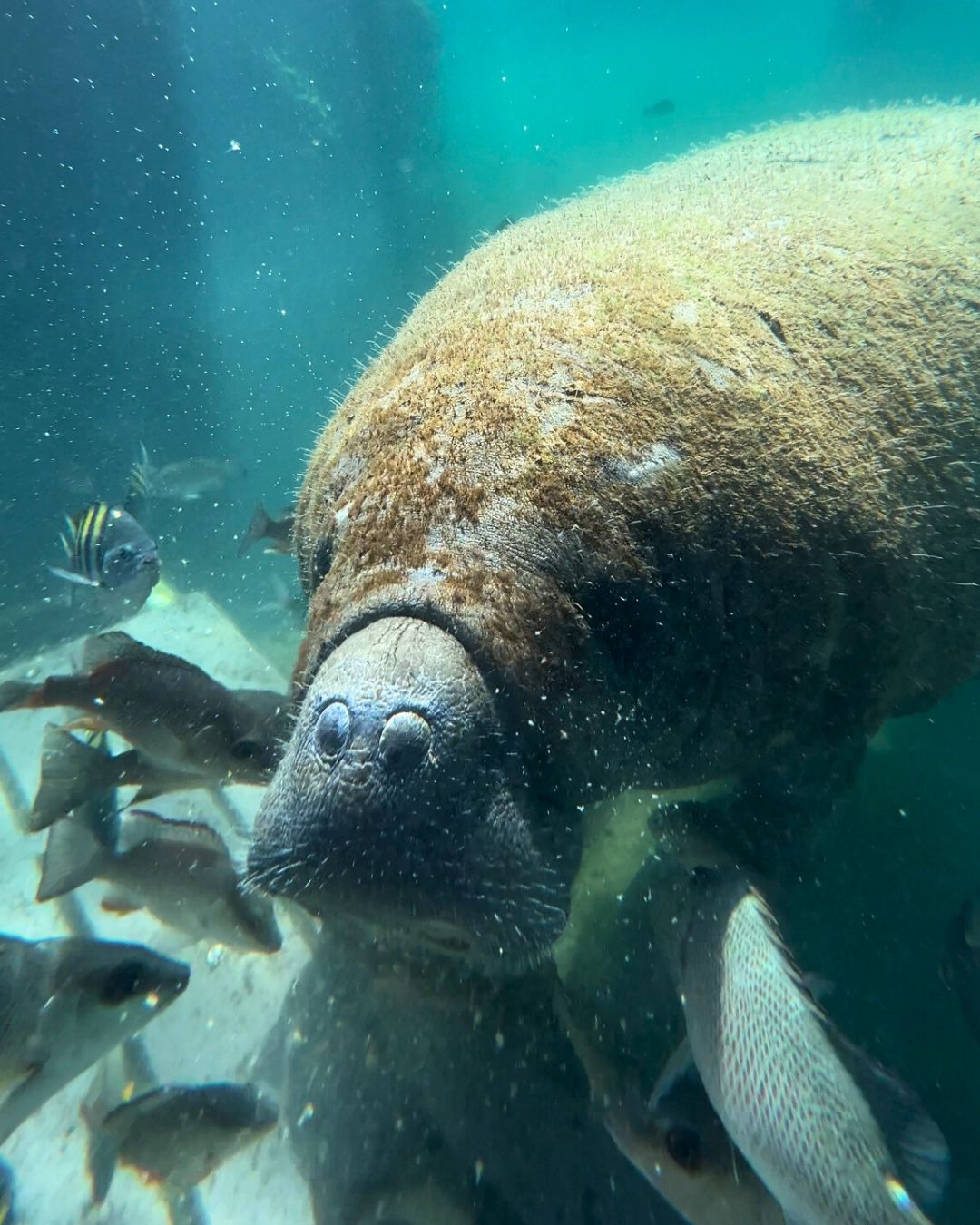
As adults, they typically measure 2.7 to 3.5 meters long, though some record specimens have reached up to 4.6 m. Their average weight ranges between 200 and 600 kg, with a remarkable record of 1,655 kg.
In the wild, manatees live about 50 to 60 years. Their skin is generally gray, but may take on shades of green or brown when algae or other organisms grow on it. They have paddle-shaped (spatulate) tails and flexible front flippers, allowing graceful movement either on the seabed or floating near the surface.
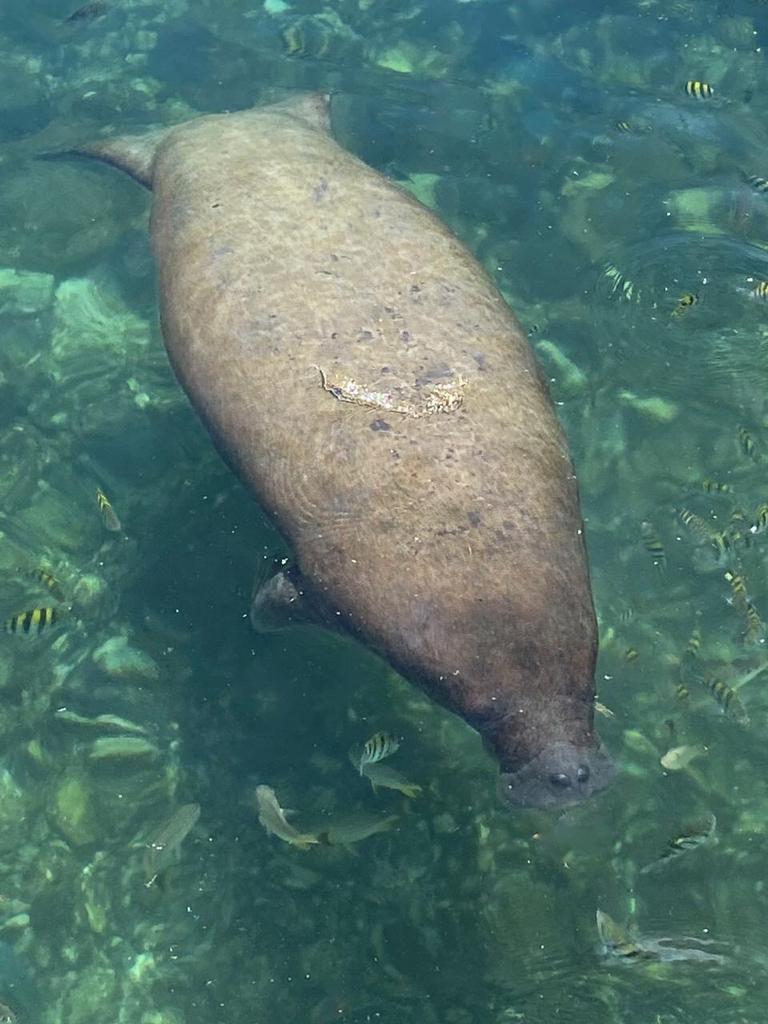
Manatees are obligate herbivores, feeding on more than 60 species of aquatic plants. They consume between 4% and 10–15% of their body weight per day—up to 50 kg of vegetation. Feeding can occupy 7 to 8 hours daily, using their split lips and sensitive vibrissae to gather seagrass and mangrove leaves.
As an adaptation, they continually replace worn molars throughout their life—a process known as "marching molars." Though rare, there have been documented cases of manatees ingesting small invertebrates and fish trapped among algae or abandoned fishing nets.
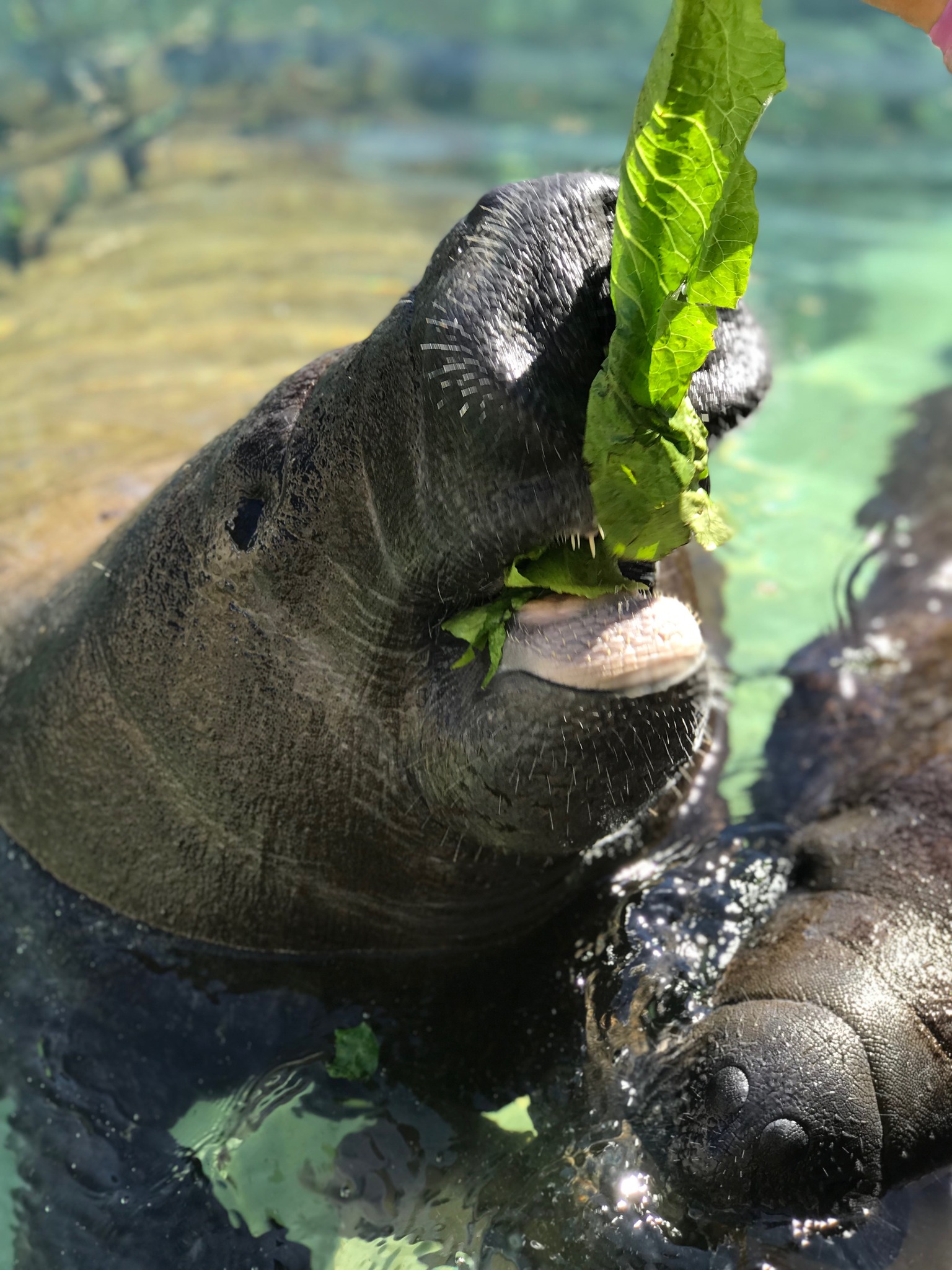
When females come into estrus, they are often followed by multiple males, forming what is referred to as a “mating herd.”
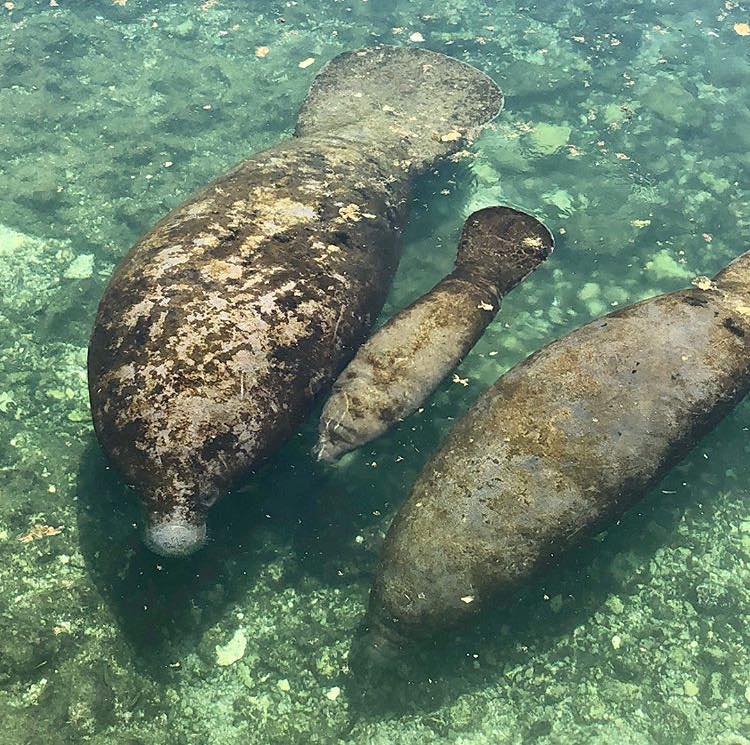
They are listed as Vulnerable by the IUCN, though in regions like Mexico they may be considered Endangered due to low population density and specific threats.

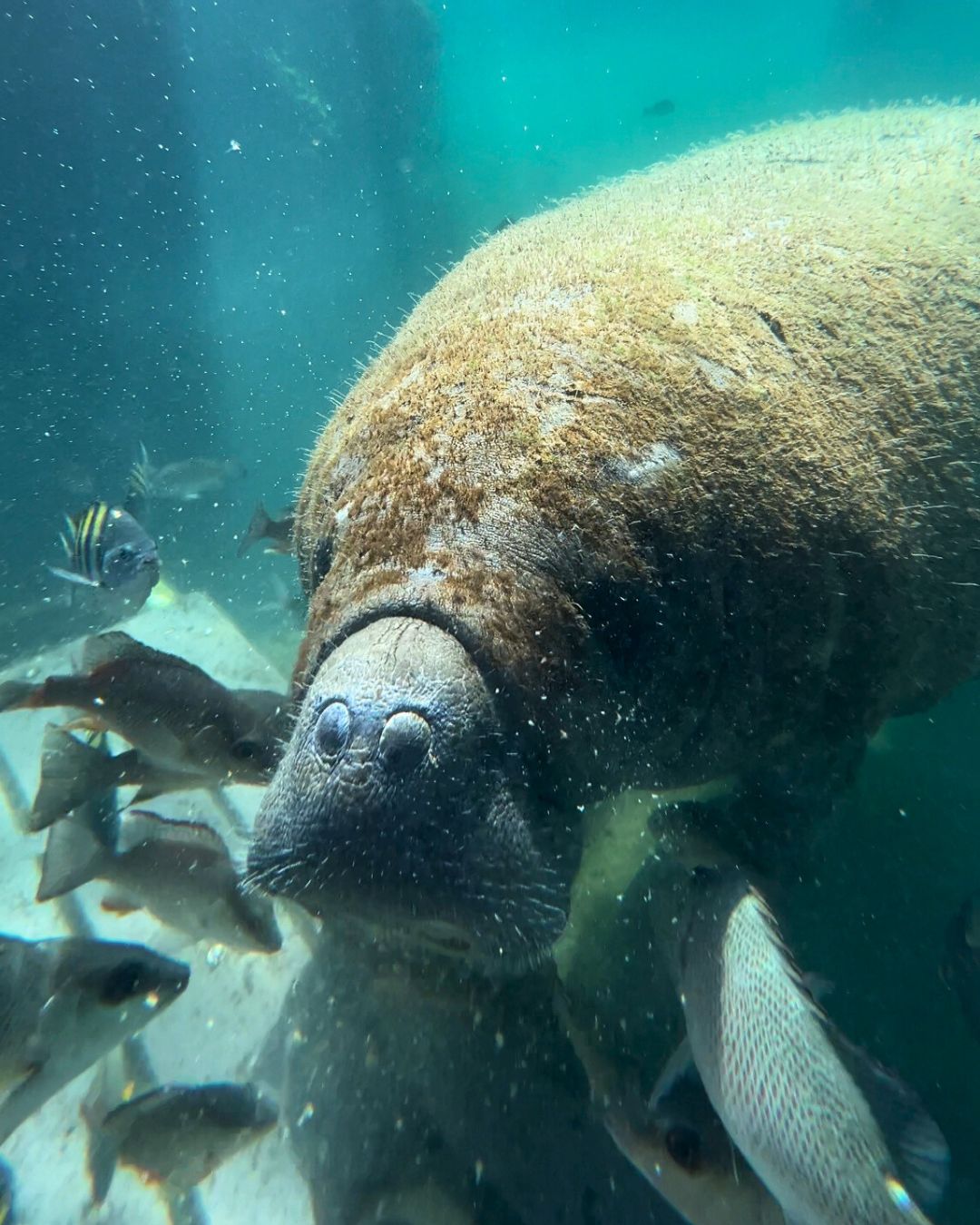


Though sightings are rare, the presence of the Antillean manatee along the coast and in the cenotes of Cancún underscores the urgent need to conserve their habitats. These gentle, long-lived animals with their herbivorous diets play a vital role in coastal marine ecosystems. Any encounter with a manatee offers a meaningful connection to one of the most emblematic mammals of the Mexican Caribbean.
My mother, (age 66), my self (42,) and my daughter (18) all went snorkeling together we had an awesome time. The guides were funny and had a lot of information. They...
In September 13, 2024Luis and the other tour guide (can’t remember the name sorry) were very nice and patient with everyone. They kept checking in on everyone to make sure no one got left...
In June 06, 2024Easy to get picked up and a great time snorkeling out in Puerto Morelos! Our guide and coral...
In April 25, 2024Our tour guides - Luis and Jesus - were amazing. They were very kind, patient and great at guiding us through the reefs. They would point out large aquatic life and...
In April 11, 2024We took our family of 9 on a snorkel trip with this company and had the best time! Our guides were super friendly and you could tell they love what they...
In February 29, 2024Our guides were amazing and definitely had a great time. I would recommend this to all my family and friends....
In February 29, 2024An amazing time seeing the reef! The staff were incredibly helpful and quick to point out...
In February 23, 2024The guides were great. Good time, had by all...
In February 22, 2024I have snorkeled at many locations, and this one near Puerto Morelos y undoubtedly one of the bests. Highly recommend...
In December 08, 2023They did an excellent job of taking care of everyone when we went snorkeling....
In December 03, 2023